Introduction to pongee
pommel , the English name is poly pongee, commonly known as rainproof cloth or “coated nylon spinning”, which is made of polyester with low elasticity. Its cloth surface is flat and smooth, light but strong and wear-resistant, has good elasticity and gloss, does not shrink, is easy to wash, quick-drying and has a good hand feel.
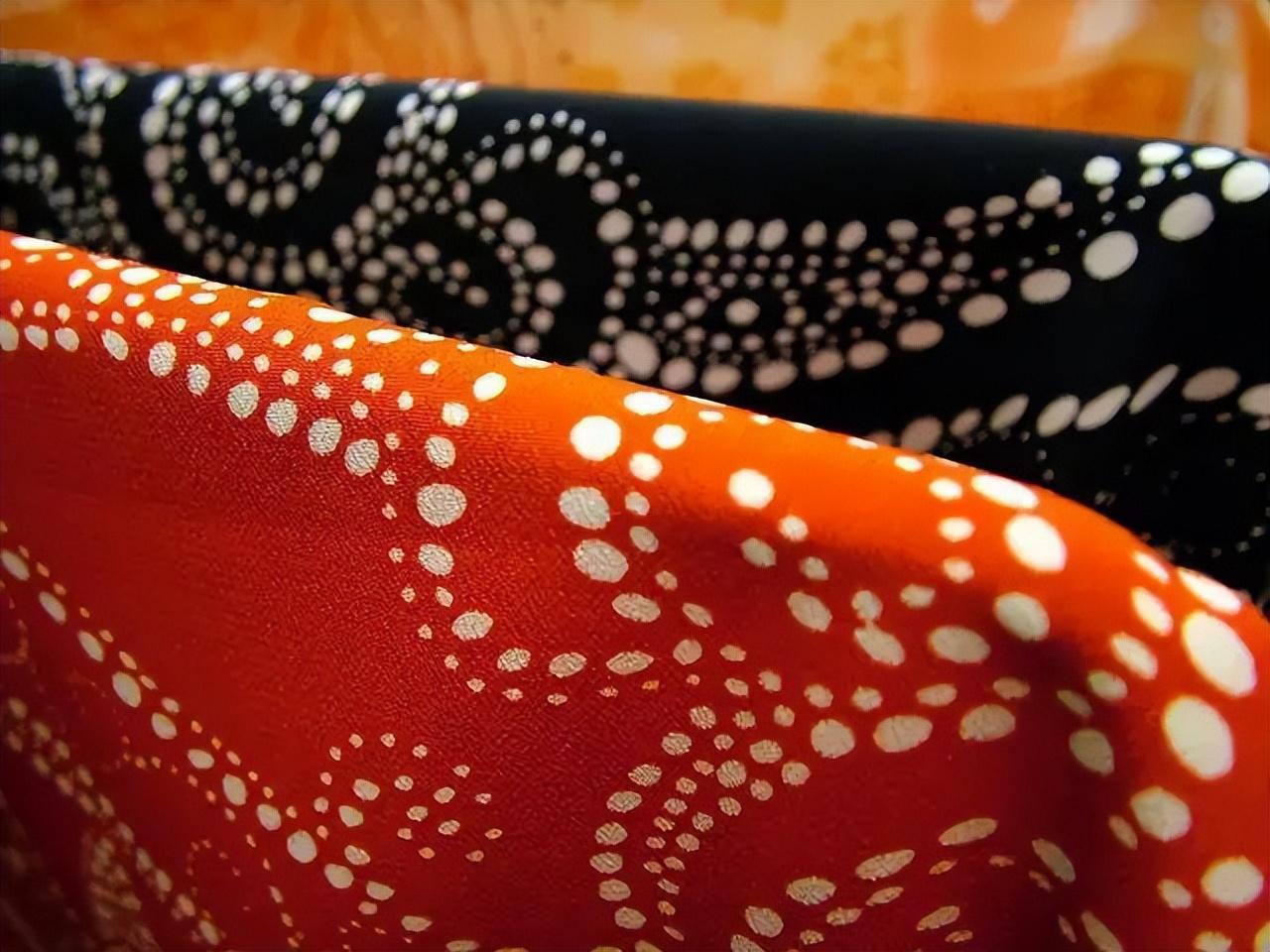
Types of pongee
The most common varieties of pongee fabrics include semi-elastic pongee, full-elastic pongee, matt pongee, etc. The three major series are introduced as follows.
01 Semi-elastic pongee
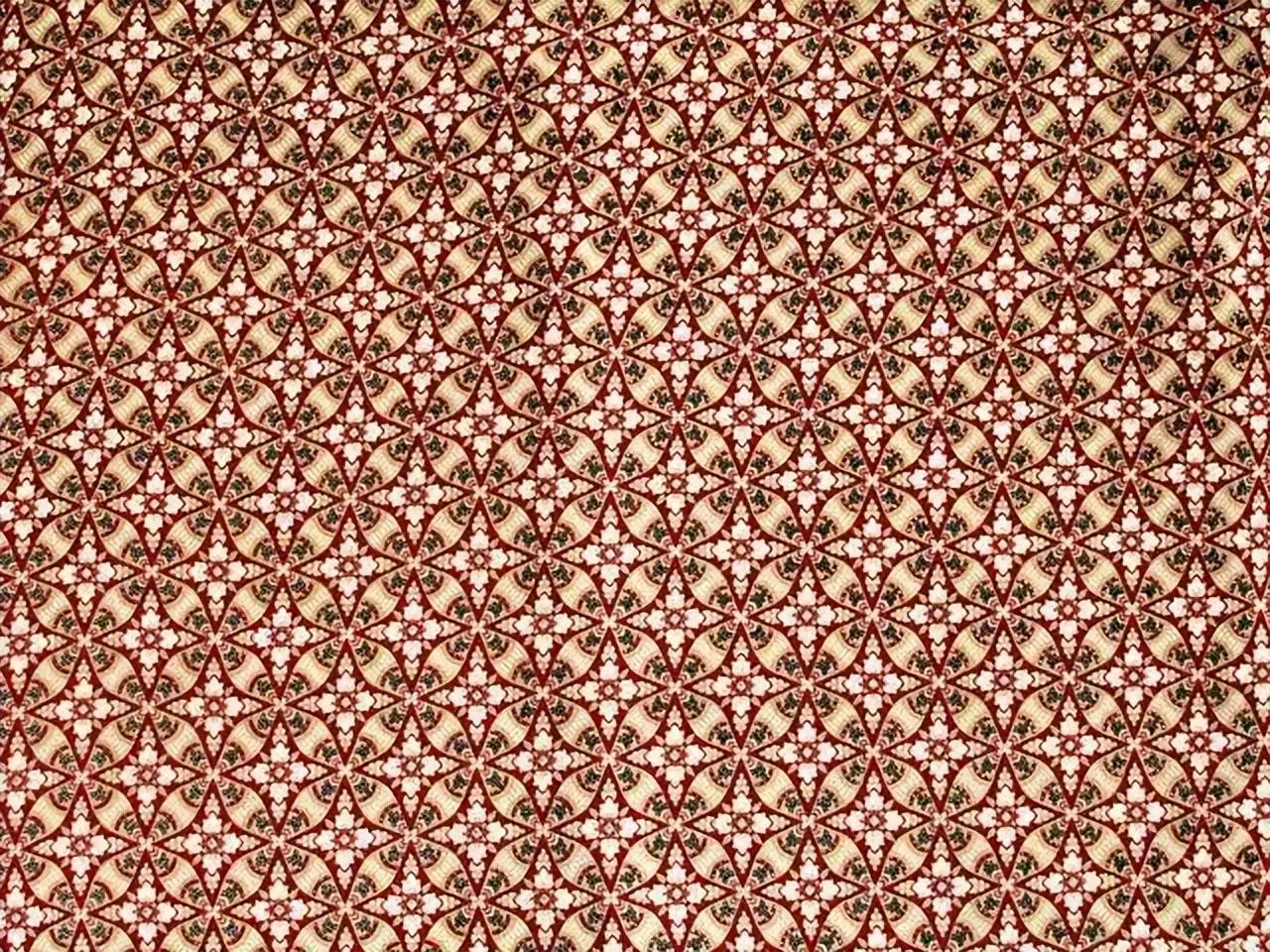
The warp of this fabric is made of polyester FDY60D/24F as raw material, and the plain weave is interwoven on a water-jet loom. The gray fabric is processed through softening, weight reduction, dyeing, shaping and other processes, and the cloth surface is made of polyester Silk luster expresses its style characteristics.
Advantages:It feels soft and smooth, not easy to fade, and has bright luster, especially when making various types of colorful flags. After dyeing and finishing, the product undergoes mechanical high-temperature ironing and calendering, which is an “environmentally friendly” deep processing, making the lining bright in color, soft to the touch, and breathable. It is comparable to ginned lining and jacquard lining, but the price is much cheaper.
Usage:“Semi-elastic pongee” fabric has always been used to make lining accessories such as suits, suits, jackets, children’s clothing, professional clothing, etc. Nowadays, with the development of domestic exhibitions and advertising industry, the demand for banners is increasing day by day.
02 Full stretch pongee
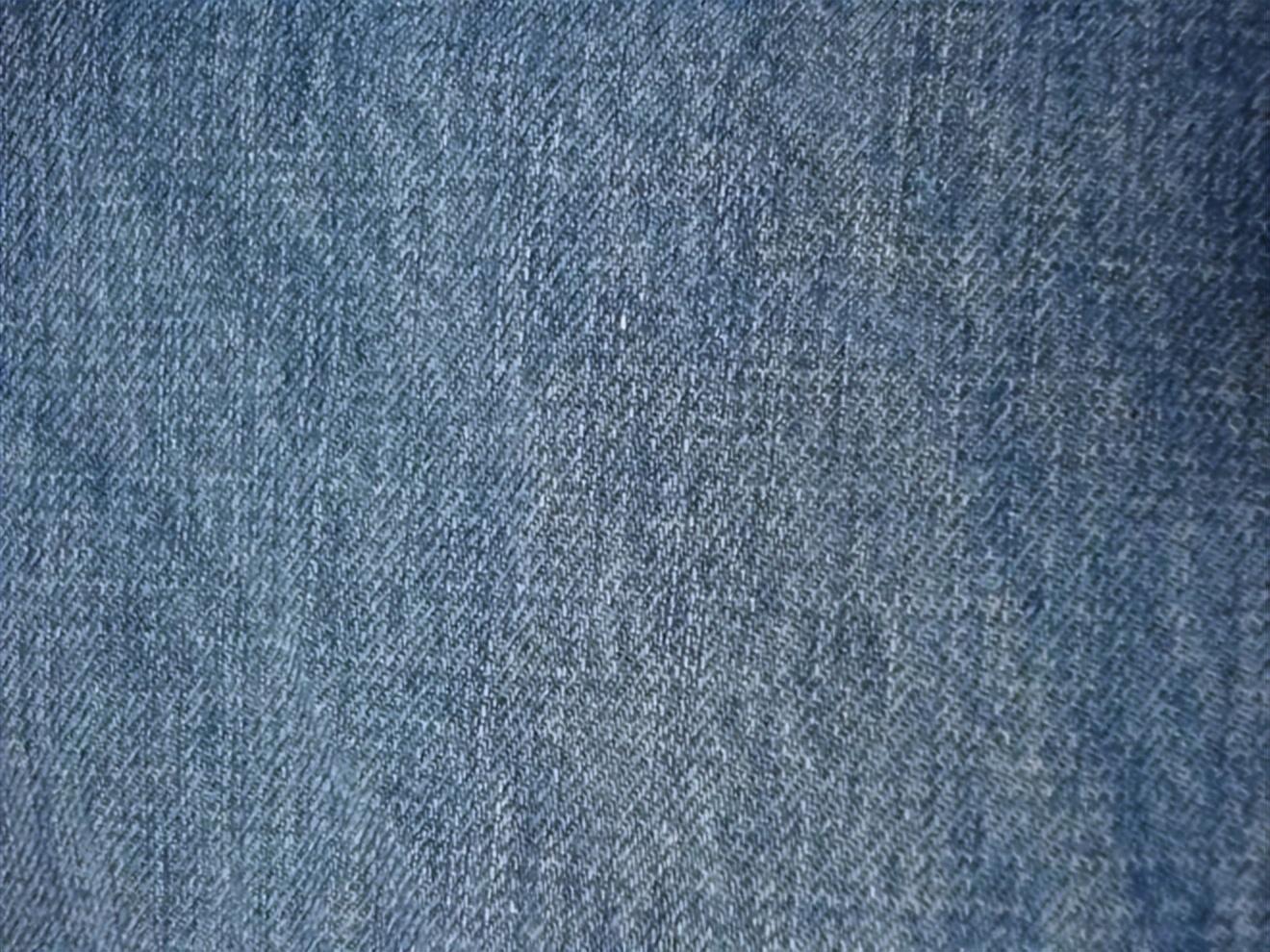
“Full elastic pongee” has a wide range of varieties and complete specifications, among which 240T and 300T are the most popular in the market. The warp and weft of the fabric are interwoven with polyester DTY75D/72F (network yarn), and the fabric is made of plain Weaved with variable (1/2 twill, 1/3 twill) texture.
Weaving process:The weaving process is unique, and the dyeing and finishing process uses “environmentally friendly” dyeing, which greatly improves the appearance and luster of the cloth. For example: coating with PVC, PU, velvet coating, electric embroidery with other fabrics, pink dot composite, sanding, calendering, etc., making the full elastic pongee more widely applicable.
Usage:After different finishing processes, the fabric has a wide range of uses. It can be used to make down jackets, casual jackets, children’s clothing, etc. The waterproof-coated fabric can also be used to make waterproof clothing, umbrellas, ponchos, awnings, etc.
03 Matt pongee
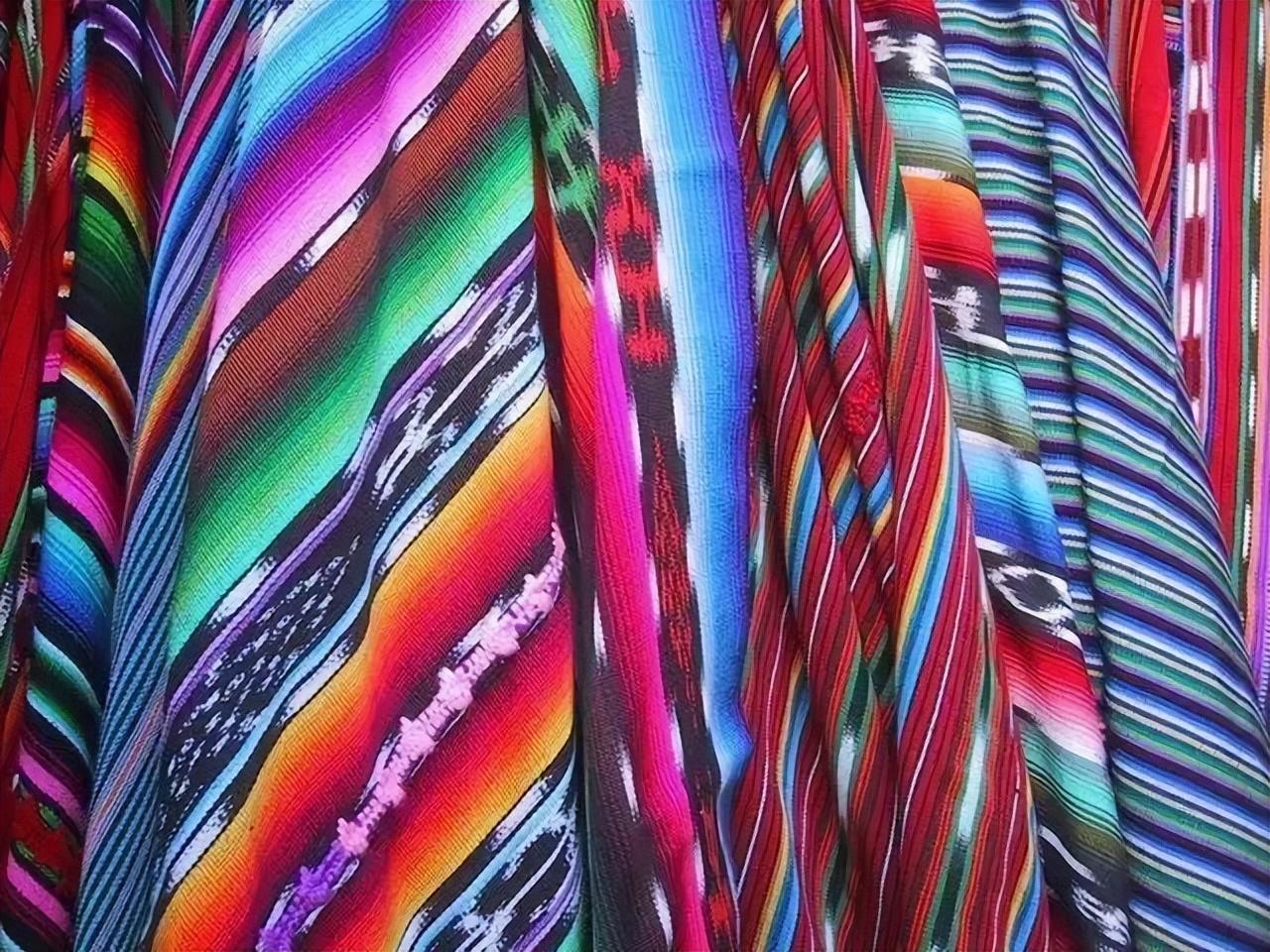
“Matt pongee” belongs to the full elastic pongee series. The warp and weft threads of this fabric are made of polyester matt DTY75D/72F or 50D/72F (network yarn). Among them, one fabric specification is 300T is woven with plain double-changing texture.
Usage:The fabric can be used to make autumn casual jackets, children’s clothing, etc.
Specification description of pongee
For example: 240T pongee
The T number of pongee refers to how many yarns there are in the fabric per unit area: the larger the T number, the more yarns there are in the unit area.
75D*150D/288F
means the warp is 75D Polyester yarn, the weft yarn is woven from 150D (denier), 288F (Filment) polyester yarn.
“D” It is the abbreviation of DENIER, which is an expression of the fineness of chemical fiber. It refers to the weight of 9000 meters of yarn, also known as denier. The larger the D, the thicker the yarn.
“F” Refers to the number of fibers per yarn. The higher the F number, the thinner the fibers that make up the yarn. On the contrary, the lower the F number, the thicker the fibers.
The difference with polyester taffeta
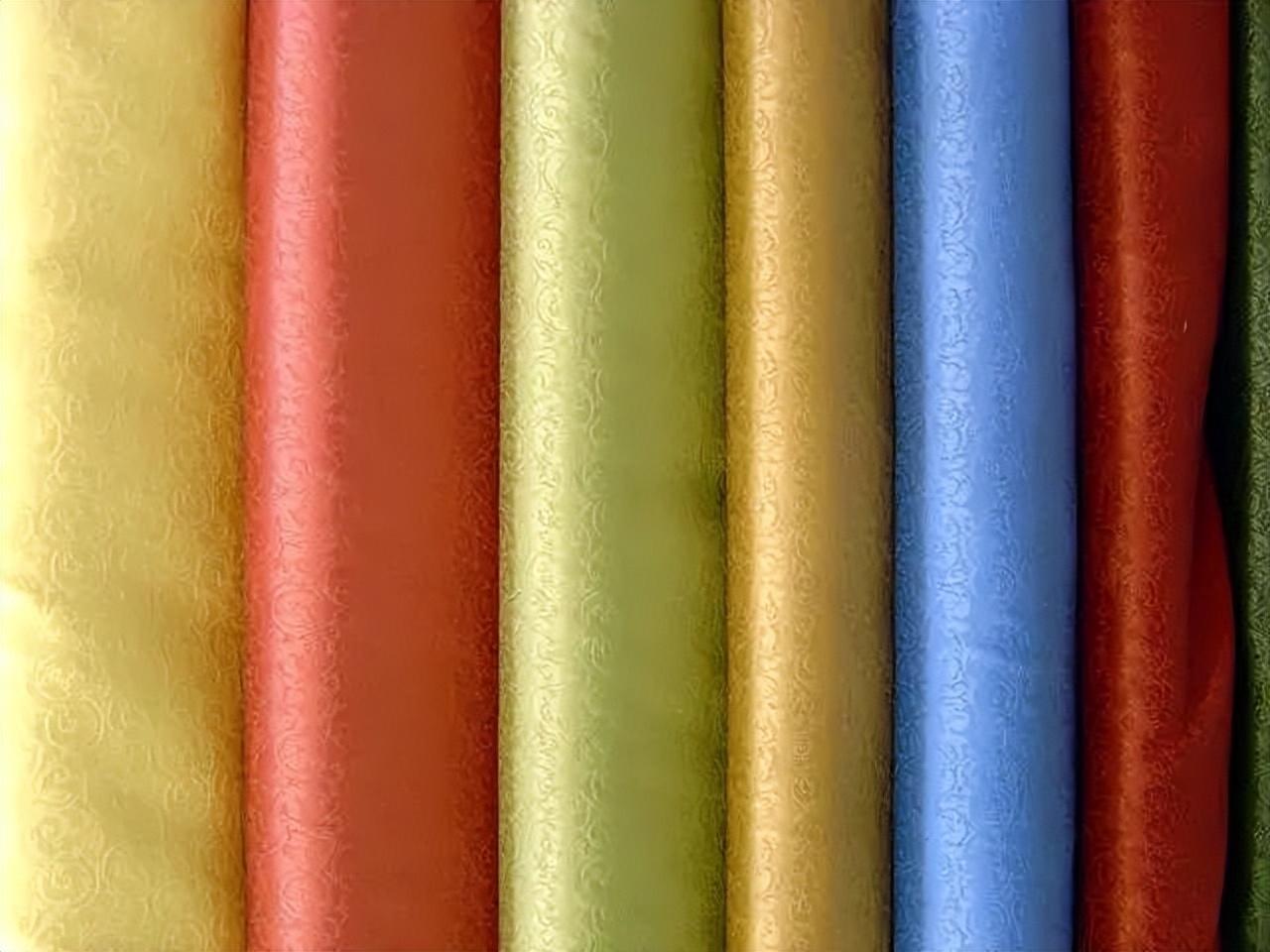
Polyester taffeta is a kind of thin polyester fabric with specifications of 190T, 250T, etc.
Polyester taffeta Suitable for various high-end clothing linings such as jackets, umbrellas, car covers, sportswear, marine umbrellas, handbags, luggage, sleeping bags, tents, artificial flowers, shower curtains, tablecloths, chair covers, etc. Polyester taffeta is another traditional fabric of chemical fiber fabrics. It was once popular, but its sales volume decreased with the rise of a number of new chemical fiber fabrics. After polyester taffeta fabrics adopted matt yarn in the second half of 2004, they entered the market with a colorful new look. Using matt polyester fabrics, the color of the fabric is softer, beautiful and charming, and it is suitable for making casual wear, sportswear, children’s clothing, etc. There are more than dozens of colors, and they are ready to wear, which are not only fashionable and beautiful, but also add alluring charm. Matt polyester taffeta is easy for ordinary people to accept because of its beautiful appearance and low price.
Summary
Polyester taffeta and pongee are both polyester fabrics. However, polyester taffeta is the lining; pongee is the fabric; polyester taffeta feels harder than pongee.






